Syngonanthus Ruhland
hatpins
Eriocaulaceae
South America, tropical Africa & Madagascar
(two species plus cultivated varieties and hybrids)
Syngonanthus cf. inundatus (Körn.) Ruhland
S. macrocaulon Ruhland [synonym: Syngonanthus anomalus (Körn.) Ruhland]
information not available
not weedy
emergentemergent:
(adj) (syn. emersed) with parts raised out of the water; extending up out of the water
 or seasonally submergedsubmerged:
or seasonally submergedsubmerged:
(adj) (syn. submersed) under water; submerged below the water surface
 herb
herb
Stems erect, simple or branched, dense or elongate. Leaves linear to lanceolatelanceolate:
(adj) lance-shaped; widest point below the middle, tapering to the apex
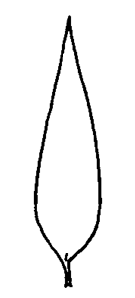 , overlapping, caulescentcaulescent:
, overlapping, caulescentcaulescent:
(adj) having a more or less well developed above-ground stem
 , bunching apically. Inflorescenceinflorescence:
, bunching apically. Inflorescenceinflorescence:
(n) the arrangement of flowers on the floral axis
 a headhead:
a headhead:
(n) inflorescence consisting of small closely packed stalkless flowers or florets arising at the same level on a flattened axis; of several types, including: discoid (composed entirely of disk flowers) and radiate (composed of central disk flowers and marginal ray flowers)
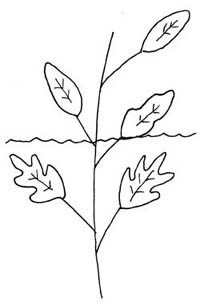 ; perianthperianth:
; perianthperianth:
(n) collective term for the calyx and corolla of a flower; also used for floral whorl(s) in which the calyx and corolla cannot be resolved; any of the leaves or bracts surrounding the sex organs of bryophytes
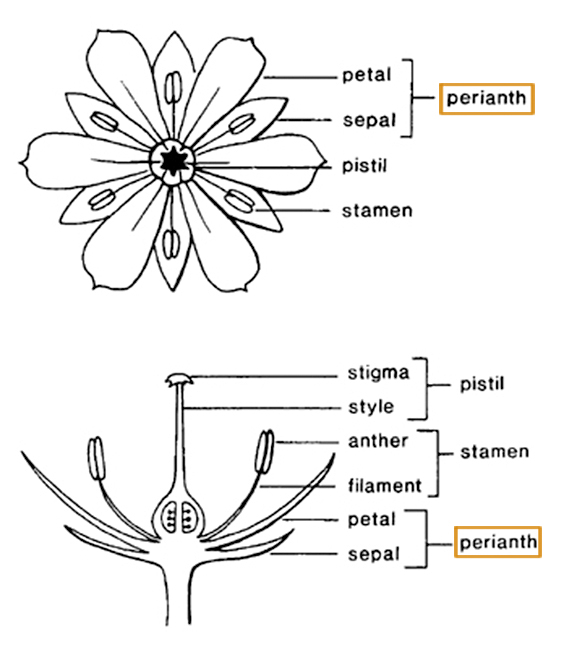 3-merous, distinct; outer segments more or less free; inner segments of the male united into a tube, of the female free at base and apexapex:
3-merous, distinct; outer segments more or less free; inner segments of the male united into a tube, of the female free at base and apexapex:
(n) the point farthest from the point of attachment; the tip (often pointed)
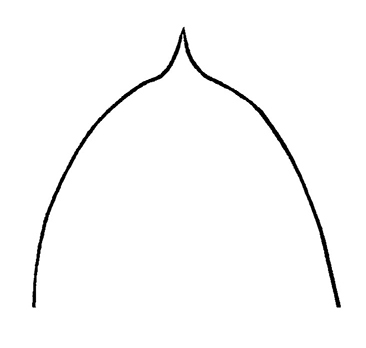 with involuteinvolute:
with involuteinvolute:
(adj) rolled inwards (usually of leaves)
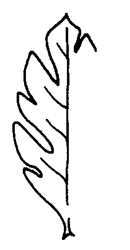 apical lobes. Stamens 3; anthers 4-locular; stylestyle:
apical lobes. Stamens 3; anthers 4-locular; stylestyle:
(n) in a flower, the narrow and elongated part of the pistil between the stigma and the ovary
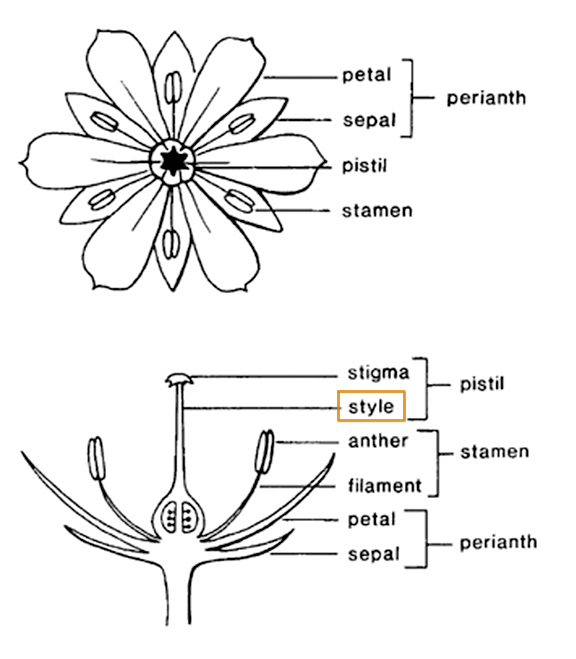 short with appendages at the same level as the stigmasstigma:
short with appendages at the same level as the stigmasstigma:
(n) the portion of the pistil that is receptive to pollen
; stigmasstigma:
(n) the portion of the pistil that is receptive to pollen
3, simple, elongate.
shallow water or seasonally inundated areas
Syngonanthus hygrotrichus Ruhland, from Brazil, is a totally submersedsubmersed:
see submerged
 species in this genus of nearly 140 species. Syngonanthus cf. inundatus was introduced to the hobby as Tonina sp. 'Manaus' and is now known as Syngonanthus sp. 'Manaus'. S. macrocaulon was introduced to the hobby as Tonina sp. 'Bel&e acuteacute:
species in this genus of nearly 140 species. Syngonanthus cf. inundatus was introduced to the hobby as Tonina sp. 'Manaus' and is now known as Syngonanthus sp. 'Manaus'. S. macrocaulon was introduced to the hobby as Tonina sp. 'Bel&e acuteacute:
(adj) tapering to a sharp, pointed apex with more or less straight sides; broader than acuminate; forming an angle of less than 90 degrees
 ;m' and is now known as Syngonanthus sp. 'Belem'.
;m' and is now known as Syngonanthus sp. 'Belem'.